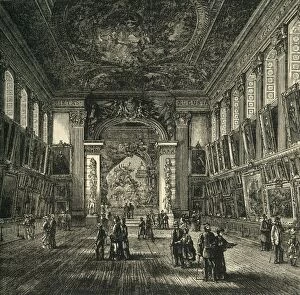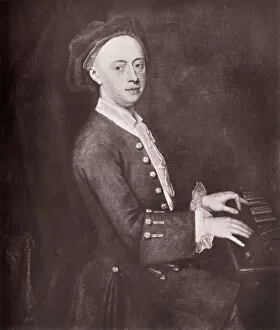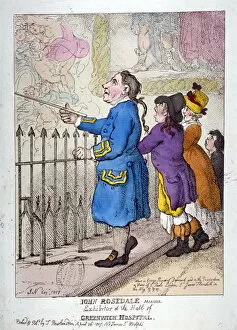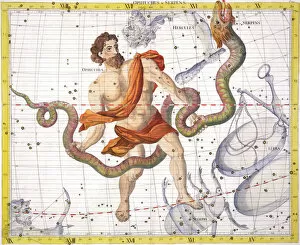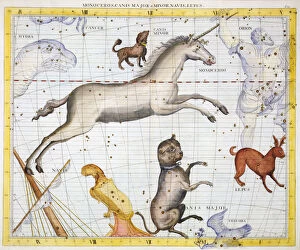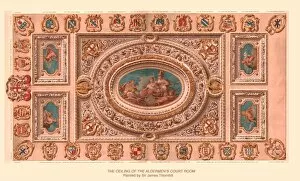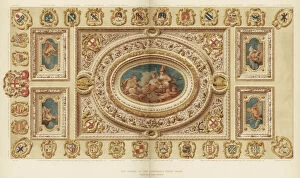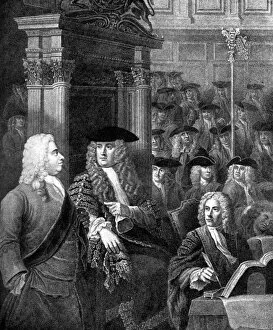James Thornhill Collection (#2)
Sir James Thornhill was a renowned British artist who left an indelible mark on the world of art
For sale as Licensed Images
Choose your image, Select your licence and Download the media
Sir James Thornhill was a renowned British artist who left an indelible mark on the world of art. His talent and creativity are evident in his various works, including "Saint Paul and Barnabas at Lystra, " where he skillfully captures the biblical scene with intricate details that transport viewers to another time. In "Deifying of Horofilia, " Thornhill showcases his ability to depict mythological themes, bringing them to life through vibrant colors and meticulous brushstrokes. The painting exudes a sense of grandeur as gods and goddesses gather around Horofilia, creating an ethereal atmosphere. Thornhill's versatility is further demonstrated in "Edmond Nicholas" and "Grinling Gibbons, " where he masterfully captures the essence of these individuals through portraiture. Each stroke reveals their unique personalities, making the paintings come alive with depth and emotion. "Bacchus and Ariadne" is a testament to Thornhill's ability to create captivating narratives within his artwork. The composition tells a story of love, betrayal, and redemption, all beautifully portrayed through his expert use of light and shadow. "Moses and the Tables of Law" showcases Thornhill's mastery in capturing religious scenes with great reverence. The painting radiates spirituality as Moses receives divine commandments from above, highlighting Thornhill's deep understanding of faith. Thornhill also excelled in decorative arts as seen in "Wall Decoration with Story of Egeria & Numa Pompilius. " Here he seamlessly blends mythology with history while adorning walls with exquisite designs that enhance any space they adorn. His talent extends beyond traditional paintings into frescoes like "Design for Ceiling Fresco: Apollo and the Muses with Minerva Destroying Ignorance. " This piece exemplifies Thornhill's ability to merge classical themes with allegorical elements while showcasing his technical prowess on large-scale projects.

